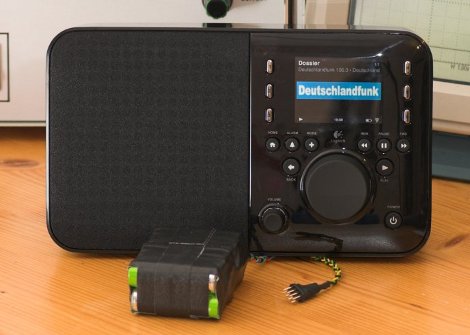[youtube=http://www.youtube.com/watch?v=_5lksMvmqQc]
Ah the beauty of watching molten solder pull SMD components into place. Yeah, we’ve seen it before, but for some reason it never gets old.

The glory days of wardriving are certainly behind us but if you’re still hunting in certain areas for access points you can leave the laptop at home. A homebrew program called Road Dog can turn your PSP into a WiFi search device. You must be able to run custom code to use this app.
[youtube=http://www.youtube.com/watch?v=OE2pB1pyZN0]
Ferrofluid is our friend. But having grown up watching the Terminator and Hellraiser movies we can’t help being a little creeped out by the effects seen in this movie.
[youtube=http://www.youtube.com/watch?v=-1OTSbIzcwI]
Follow along with the NASA astronauts in this 20 minute HD tour of the international space station. It’s a cramped place to live but we can’t help thinking that it looks incredibly clean. After all, where would the dirt come from?

How are your woodworking skills? Can you take a wooden block and turn it on a lathe until you have a lampshade 1/32″ thick? We’d love to see how these are made, but imagine the artist’s reaction when hours of labor are ruined by a minuscule amount of misplaced pressure on a carving tool. Patience, we’ll learn it some day!
[youtube=http://www.youtube.com/watch?v=F6pUMlPBMQA]
This video from the past that is about the future of travel does leave us wondering why our cars don’t have built-in radar for poor visibility? We’ve already realized the rear-view-mirror-tv-picture, but we’re going to need your help before the flying police/fire/ambulance-mobile is a common sight. Oh, the fun of seeing a high-tech push-button selector 3:30 into the video. Perhaps the touch-screen was a bit beyond the vision of the time.
[youtube=http://www.youtube.com/watch?v=VW5PByaR2EQ]
Sometimes you have so many servants you need to find creative things for them to do. Only the most discriminating of the super-rich employ a person whose sole responsibility is to erase and redraw the hands of a clock each minute. This video is obviously a result of the global recession as the live time-keeper has been let go; a looping recording took his job!
[youtube=http://www.youtube.com/watch?v=i7woG0pqFjs]
Last time we checked in with [Marco Tempest] he was syncing video over multiple iPhones. Now he’s at it again with an augmented reality setup. A camera picks up some IR LEDs in a canvas and translates that into information for a video projector. We’d call this a trick, but it’s certainly not magic.


















